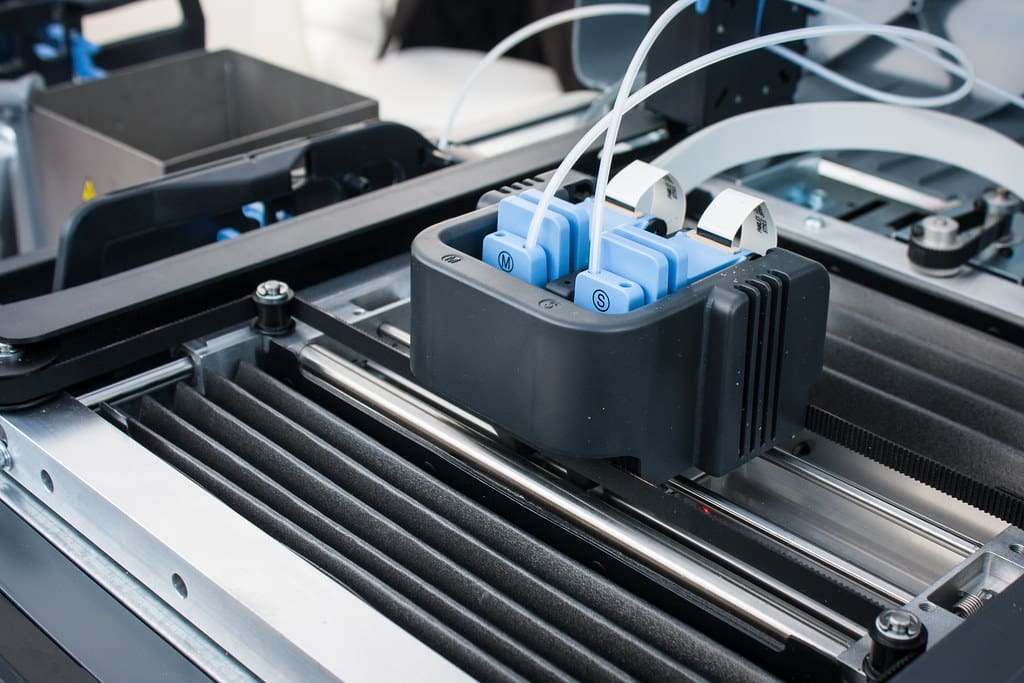In the realm of 3D printing, especially with technologies that utilize material extrusion processes like Fused Deposition Modeling (FDM) and PolyJet, support material cartridges are indispensable for producing complex geometries and overhanging structures. These cartridges contain specialized materials designed to temporarily support parts of the model during the build process, which are later removed to reveal the final product. This article delves into the importance, functionality, and maintenance of support material cartridges in 3D printing, highlighting their critical role in enhancing design flexibility, precision, and print success.
Importance of Support Material Cartridges in 3D Printing
Enabling Complex Designs: Support materials allow for the creation of intricate features and overhangs that would otherwise be impossible to fabricate due to gravitational effects during printing.
Improving Surface Finish: By providing a stable base for upper layers, support materials help in achieving smoother surfaces on the undersides of overhangs and reduce post-processing work required to finish the printed objects.
Enhancing Print Reliability: Support materials stabilize the print structure throughout the process, reducing the likelihood of collapses or deformations that can occur in unsupported geometries.
Material Compatibility: Support material cartridges are specifically formulated to work compatibly with the primary build materials, ensuring that they adhere well during printing but can be easily separated or dissolved after completion.
Components of Support Material Cartridges in 3D Printers
Cartridge Housing: Typically made from durable plastics, the housing contains the support material, which can be either in filament or resin form, depending on the printer type.
Dispensing Mechanism: Includes nozzles or jets that apply the support material to the build area. These mechanisms are precisely controlled to deposit material only where necessary.
Integrated Chips or Sensors: Many advanced cartridges include chips that communicate with the printer, informing it about the type of material, remaining quantities, and optimal printing parameters.
Control Electronics: Govern the operation of the cartridge, ensuring that support material is dispensed at the correct times and in the appropriate amounts as dictated by the design specifications.
Installation and Calibration of Support Material Cartridges
Proper Installation: Ensuring that support material cartridges are correctly installed is crucial for their effective operation. This includes verifying that they are securely fitted into the printer and that the dispensing mechanisms are aligned and functional.
Calibration: Calibration of the dispensing system is necessary to control the flow and placement of support material accurately. This process might involve adjusting the pressure, temperature, and speed settings specific to the material and printer model.
Testing: Conducting tests after installing new cartridges or switching support materials is essential to verify that the material interacts correctly with the primary build material and supports the structures as intended.
Maintenance and Optimization of Support Material Cartridges
Regular Cleaning: The dispensing nozzles or jets should be cleaned regularly to prevent clogs and ensure a consistent flow of support material, which is crucial for maintaining print quality.
Material Monitoring: Keeping track of the quantity and condition of support material in the cartridges is vital to avoid running out mid-print and to ensure the material remains in good condition for use.
Firmware and Software Updates: Keeping the printer’s firmware and any associated software updated can improve the functionality and efficiency of support material usage, incorporating better support strategies and material management.
Storage Conditions: Support materials should be stored in conditions recommended by the manufacturer to prevent degradation. Proper storage extends the life of the material and maintains its efficacy.
Challenges and Solutions
Support Material Removal: The ease of support material removal is a critical consideration. Developing support materials that are easy to dissolve or break away can significantly streamline post-processing.
Compatibility Issues: Not all support materials are suitable for use with every type of build material. Conducting thorough compatibility tests before printing is essential to ensure good adhesion during printing and easy separation after printing.
Waste Management: Efficient use of support materials can be a challenge. Optimizing print orientation and support structures in the slicing software can help minimize the use of support material without compromising print quality.
Support material cartridges are a vital component of 3D printing systems that enable the creation of complex and delicate designs with high accuracy and excellent surface finish. Proper management, regular maintenance, and careful calibration of these cartridges are essential for maximizing the capabilities of 3D printers and ensuring the production of high-quality, reliable, and intricate printed products. By thoroughly understanding and meticulously maintaining support material cartridges, manufacturers and designers can achieve improved operational reliability, enhanced print quality, and greater design freedom in their 3D printing projects.








